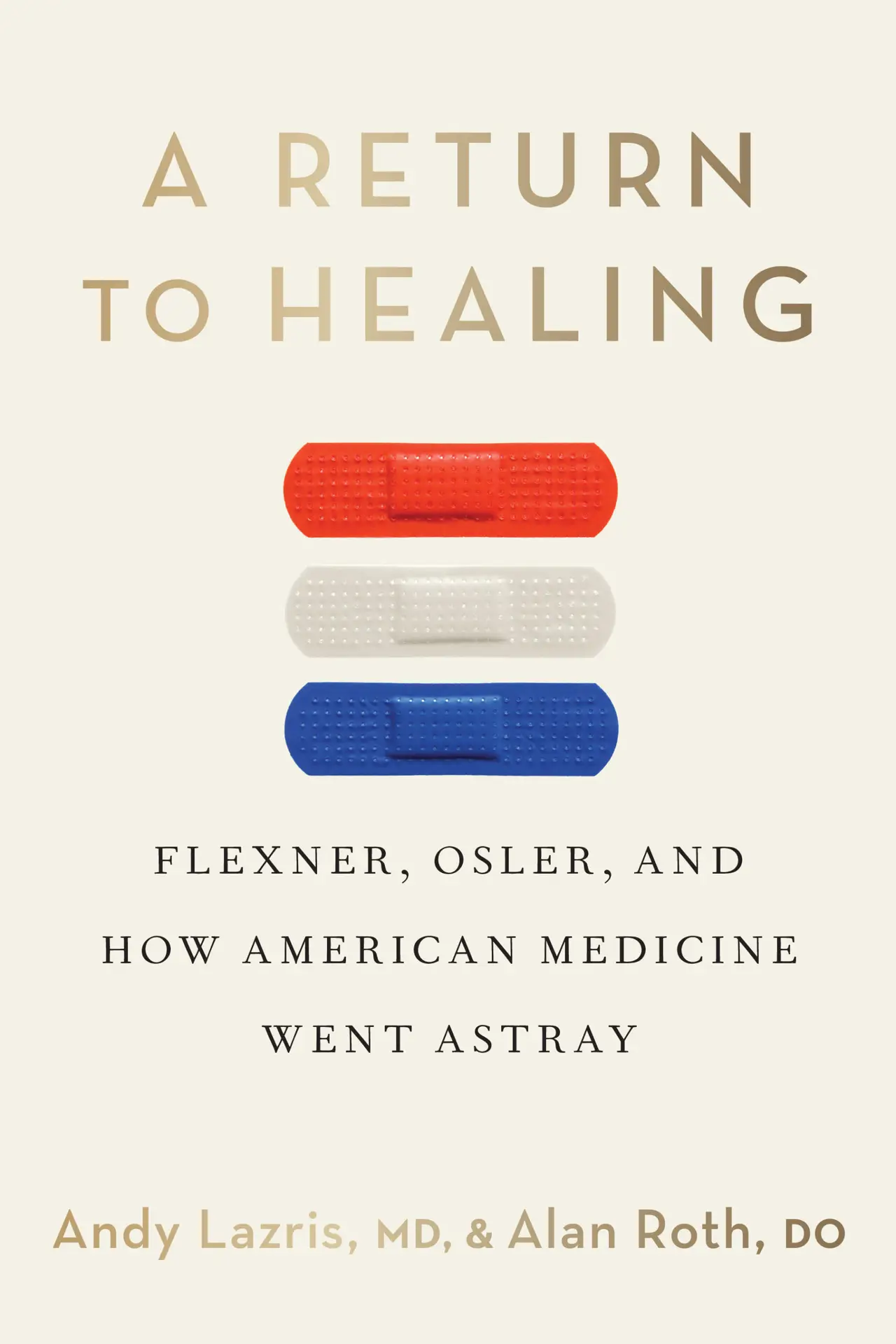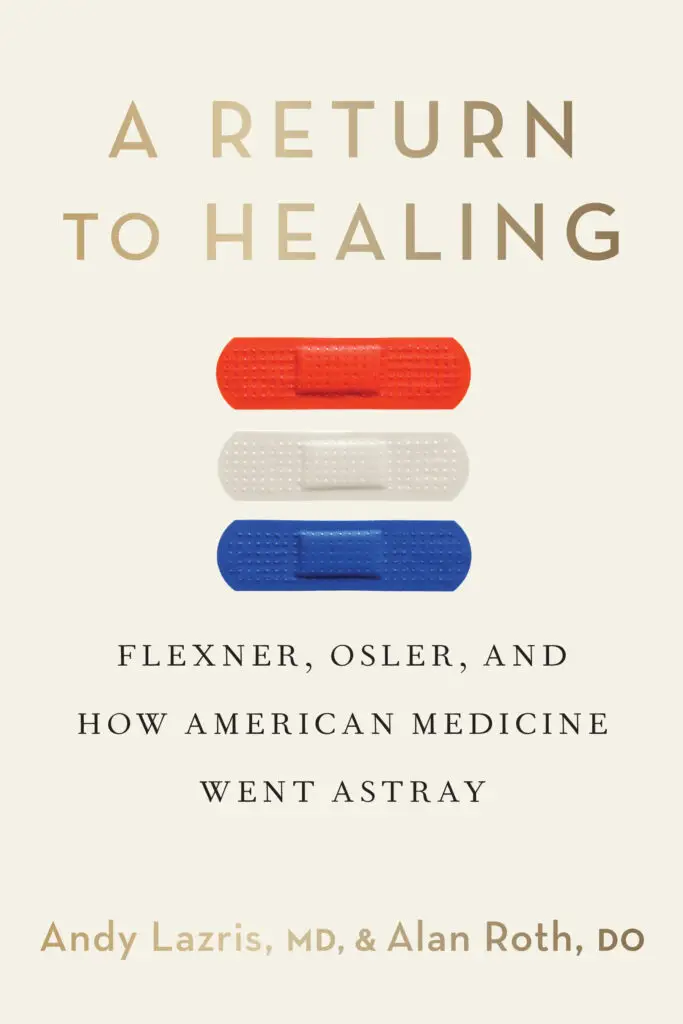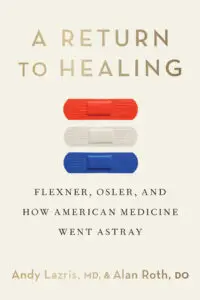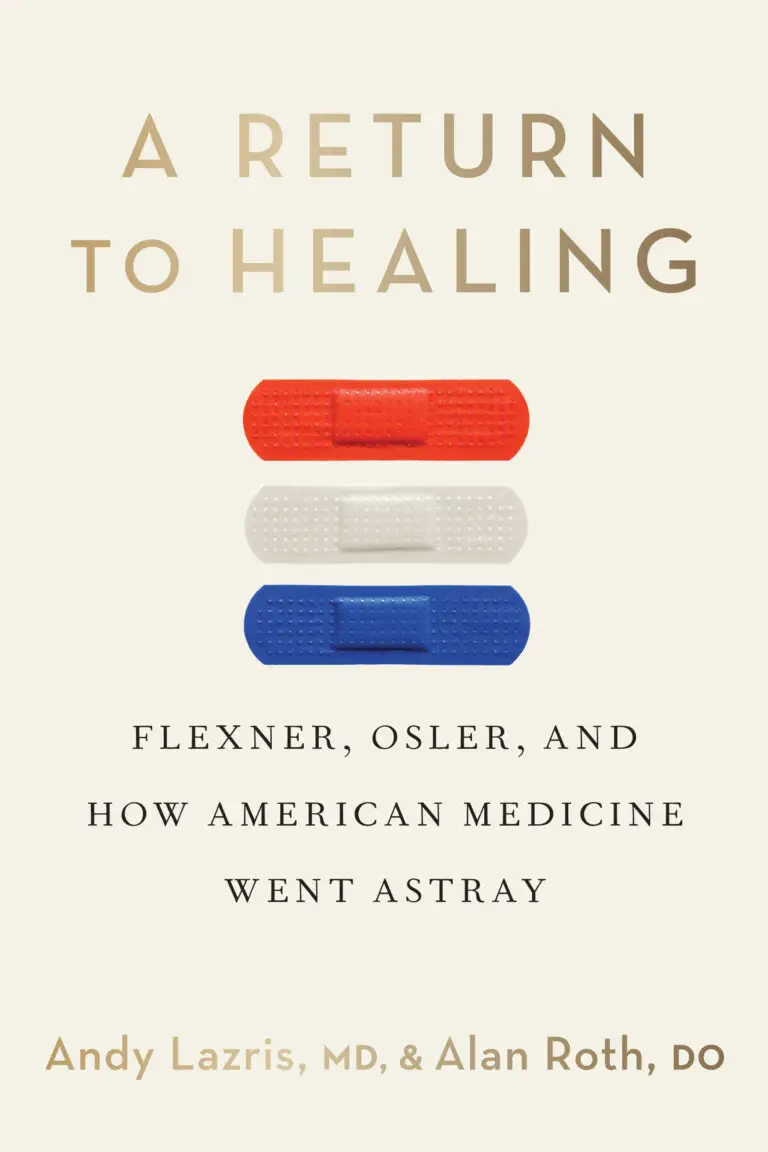Routine tests can feel proactive—but they’re not always helpful. Learn why vitamin D testing may be doing more harm than good.
Unnecessary vitamin D testing has become a widespread trend—fueled by hype, confusion, and misinformation. Though patients often believe testing is helpful, evidence shows it rarely improves care.. Many patients now request vitamin D tests during routine visits, often after reading articles, watching influencers, or hearing that low levels are “linked” to everything from fatigue to fractures. However, most of this enthusiasm isn’t backed by science.
In this article from American Family Physician, Drs. Andy Lazris and Alan Roth unpack the rise in unnecessary vitamin D testing. They explore how low-value care not only drives up costs but may also lead to overtreatment, anxiety, and harm—especially when test results don’t meaningfully impact care.
The Testing Trap: Why More Isn’t Better
In the U.S., vitamin D testing increased more than 80-fold between 2000 and 2010. But studies now show that:
Up to 75% of tests are unnecessary
Testing often leads to more lab work, imaging, or supplements
There’s no consensus on what defines deficiency
Most people get adequate vitamin D through food, sunlight, or low-dose supplements
For healthy individuals, testing rarely changes treatment. It often adds confusion—especially when slight variations in test results trigger excessive supplementation or frequent retesting.
The Real Risks of Oversupplementation
While vitamin D toxicity is rare, it can happen—especially when patients self-adjust their intake based on test results. High doses can cause:
Hypercalcemia and kidney stones
Nausea and fatigue
Unintended interactions with other medications
In one case study, a healthy man increased his dosage from 1,000 IU to 10,000 IU per day after reading online claims. Despite his physician’s reassurance that his levels were sufficient, another clinician supported more testing. Eventually, the patient returned with elevated levels and unnecessary risk.
This kind of cascade—driven by well-meaning patients and reinforced by uncertain guidance—adds cost and complexity to care without evidence of benefit.
What Evidence-Based Care Looks Like
Routine Vitamin D Testing aligns with the message of A Return to Healing: healthcare should be based on data, trust, and patient partnership—not fear, trends, or overreaction.
The article suggests:
Testing only when symptoms or risk factors justify it
Counseling patients to take modest, safe doses (e.g., 600–1,000 IU/day)
Focusing on lifestyle (nutrition, light exposure) rather than lab numbers
Empowering patients with reliable sources like the USPSTF
Most people don’t need testing—they need clarity. And when we listen first, explain the data, and de-escalate unnecessary care, we build trust. By limiting unnecessary vitamin D testing, providers can reduce cost and confusion while still supporting patients with safe, simple guidance.







